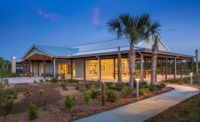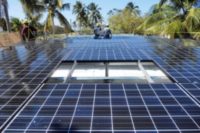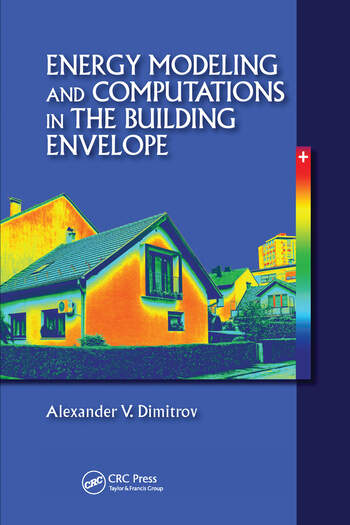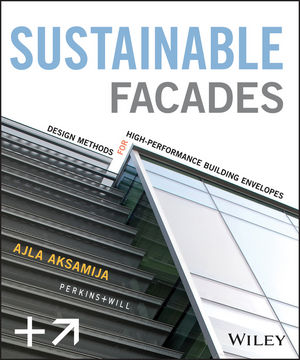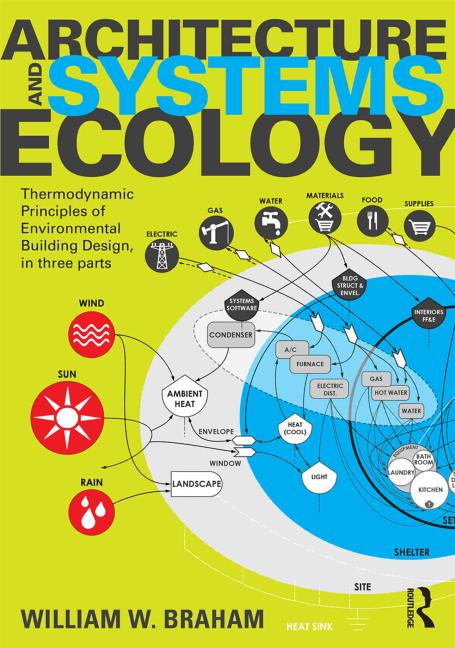Residence Achieves Net Positive Energy












Ilhan Eser and his wife Kamer, after living in several homes in different states, decided to design and build their own home in the California countryside. But they wanted it to be a true dream home in their vision. “Whenever you buy an existing house there are features you have to compromise on and just live with them,”said Eser. “We decided to build this house exactly as we have dreamed a home should be.”
Eser is the CEO of Morin, a Kingspan Group company, and he wanted to create a way to use Morin’s Architectural Panels with Kingspan’s insulated metal panels and other products to complete the unconventional home he would design. The planning process took over a year as Eser, using his own blueprint, carefully and thoroughly listed all the elements that the house would have. On this project Eser wore many hats. He designed the home himself, took on the role of General Contractor, and then sub-contracted the remainder of the work to commercial contractors.
A Positive Vision
Eser wanted to build a LEED certifiable house, with self-sustaining solar energy, heated and cooled by a geothermal system, and with highly insulated walls and roof. He included an irrigation system that utilized gray water and, in fact, the house captures and treats more water on site then is used. That is one of several features that allow the Ilhan Eser residence to be truly net positive. Adding to the greenness of the plan, over 75 percent of the building materials, mostly metal framing, roofing and siding, are recyclable.
“When most people hear that a building will have ‘metal’elements, they tend to envision big box warehouses,”said Eser. “Many were quite skeptical of using insulated metal panels (IMPs) for a residence.”Eser knew that it would be a challenge to achieve all of his green targets, and still build a home that has impressive aesthetics. By installing the insulated metal panels for the walls and roof, the home made a major step toward his overall green goal as the IMPs gave it an R-value of over 40, far higher than required by California’s building code requirements.
“The IMPs also gave it a stunning modern appearance that was enhanced by the Kameleon Dusty Rose color created by Valspar’s new paint system, that makes a bold, contemporary statement,”said Eser. ”The paint changes from green to yellow to silver, to bronze, and dark brown, depending on what angle you look at it, what time of the day it is, and how the sun is shining on the surface of the panels.”This unique product uses mica flakes to create a consistent, iridescent gradient look. The mica flakes do not contain an electrostatic charge - unlike the usual metal flakes used in metallic paints - that can cause the flakes to follow the back and forth movements of the application equipment leading to an uneven dispersion of color.
Insulated Metal Craftsmanship
The Eser Residence has unconventional angles; in fact, the portion of the roof that covers the great room has a butterfly design. One primary challenge for Eser was finding the right contractor to install the insulated metal panels in the vision he had created. Construction of the house would not use a traditional site built system and required a contactor that was familiar with installing single component IMP assemblies.
With over 30 years of experience in the IMP industry Eser was familiar with several skilled installers. He wanted a contractor who possessed a solid grasp of architectural concepts and could use those skills beyond that required for a standard commercial-industrial installation. “I wanted the contractor I chose to have the ability to work with metal like a craftsmen,”said Eser. “After conducting a review of several companies, we selected Rua & Son Mechanical, based in Lincoln, Calif., an installer very qualified for such an edgy application.”
The home’s creative design also utilized Morin Perforated Panels for appearance and to reduce noise levels. This fabrication offers passive solar shading, controls sound pollution, and adjusts air movement. These versatile panels can be orientated horizontally, vertically, or diagonally based upon the design.
Beyond Net Zero To Net Positive
There has been a drive in the past decade for buildings to achieve NetZero status, in which a building produces its own power and does not consume any from the grid. Eser again turned to his own company’s product line to find the solution to this challenge.
The exterior walls were constructed with nearly 7,500 square-feet of Kingspan KarrierPanel™that delivers thermal and weather resistant functional performance and supports any exterior material, that in this case wasXC-12, Morin Integrity Series panels. 4-inch thick panels provides high wall insulation, a solid vapor barrier, and meets NFPA 285 and ASTM E85 fire codes.
Approximately 8,000 square-feet of 6-inch thick insulated metal panels were installed to form a highly efficient roof with an R-value of 45.The standing seam insulated metal roofing panels provide superior airtightness and low thermal bridging. Modeling shows that in some climate zones this can result in energy savings of as much as 30 percent over standard cavity-based insulation systems. These panels lower a building’s operational energy demands (primarily heating and cooling), and as a result, reduce its carbon footprint. In addition, their single-component design has been shown to help reduce on-site installation time by up to 50 percent compared to traditional multi-part roof systems. Using fewer trades reduces the possibilities of improper installation of system components and related latent defects that could ultimately reduce the true R-Value of the system.
Eser installed 18.6 kWp PV energy system by using sixty panels of 310 Watts thick engineered, installed, and maintained by Kingspan Energy. These panels produce an average daily output of 100+ kilowatts per hour. The energy produced by these solar panels is in excess of the home’s power needs. “We only use half of the power generated and we sell back the other half to Pacific Gas & Electric (PG&E) through net metering,”said Eser. “With previous homes we use to have monthly energy bills over $1,000 but now our energy bill is $0! Our home is beyond net zero; it is net positive.”The house is a very technologically modern home and several operation functions of the house, such as lighting and HVAC features, can be operated remotely with a smartphone.
Looking for a reprint of this article?
From high-res PDFs to custom plaques, order your copy today!



